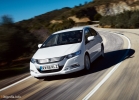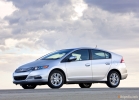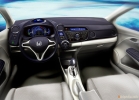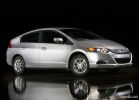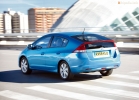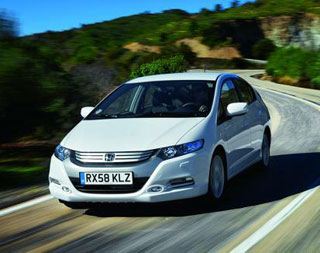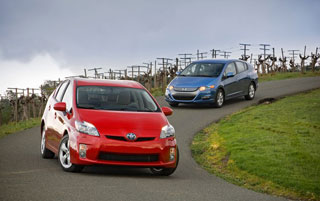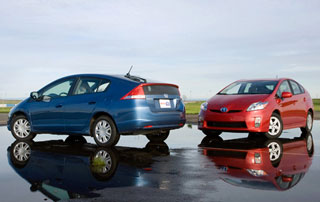Honda Insight Test drive since 2009 hatchback
The Germans are testing. Conclusion - you need to take Golf. Unrivaled car!
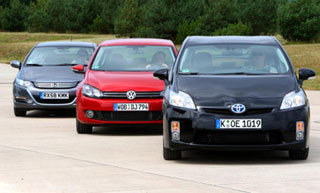 Through different concepts of the Honda Insight, Toyota Prius and VW Golf drive, they demonstrate possible ways to develop compact cars in the class of compact cars. Can hybrid drives of the Japanese be considered the best solution for movement and savings?
Through different concepts of the Honda Insight, Toyota Prius and VW Golf drive, they demonstrate possible ways to develop compact cars in the class of compact cars. Can hybrid drives of the Japanese be considered the best solution for movement and savings? Perhaps in Germany there will still be a couple of auto-journalists who get in hybrid cars with aspen stakes and silver bullets to wet the natives-natives. However, the first two generations of Prius, as well as hybrids from Honda Insight and Civic have already proved that the capacities of two engines are enough, even in a class of compact cars, where the cost solves a lot. But this did not provide Japanese pioneers with success in the German market. So, out of 1.2 million priests priests through the streets of Europe, only a tenth travels.
For the new Prius, the situation should change. With a new engine volume, a more powerful and productive hybrid drive system, improved steering and an improved chassis, he seeks to turn as many buyers of compact cars as possible into hybrid fans.
Honda Insight is equipped with a combined IMA engine, borrowed from the Honda Civic Hybrid model. However, unlike Prius, this car cannot start only using electricity. The 14-horsepower electric motor works independently only during movement and only with slight acceleration. Compared to both compact hybrids from Japan, VW Golf 1.4 TSI seems more traditional.
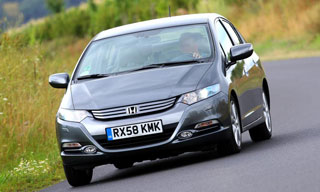 A pioneer from Wolfsburg focuses on a decrease in the size of the engine. A small four -cylinder engine, thanks to the direct injection system of gasoline and turbocharging, demonstrates good power with a modest fuel consumption. Savings are also facilitated by a seven -speed transmission with a two -disc clutch and long transmissions. How much this will help Golf'y in competition with high -tech compact rivals from Honda and Toyota, our comparative test will show.
A pioneer from Wolfsburg focuses on a decrease in the size of the engine. A small four -cylinder engine, thanks to the direct injection system of gasoline and turbocharging, demonstrates good power with a modest fuel consumption. Savings are also facilitated by a seven -speed transmission with a two -disc clutch and long transmissions. How much this will help Golf'y in competition with high -tech compact rivals from Honda and Toyota, our comparative test will show. Body
The traditional design of Golf'a undoubtedly has its advantages. For example, the salon of this car in terms of spaciousness in front and behind is simply exemplary in this class. Neither Honda nor Toyota will sit so freely, they will not be able to use such a large range of front seats adjustment and will not enjoy such a good review.
In Prius'e, an overloaded and very high average console greatly limits the spaciousness. And the presence of an uncomfortable glove compartment under the console becomes a weak consolation. Insight, on the contrary, is skimp on freedom of movements for the rear seats passengers. However, due to the remarkable outstanding upward, both Japanese have more spacious luggage compartments. But both participants lose points due to the fact that trailers cannot be attached to them. Although who needs it?
But whether buyers are ready to come to terms with cheap cockpit plastic, lower quality and less clear management, this is still unknown. Mostly during the test, Toyota is pounding the iron doors, and many details rattles on uneven roads.
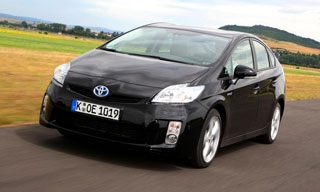 In addition, both hybrids irritate their intentional antics: Prius publishes when moving in a loud squeak when moving on the nerves, and it is in the cabin. Why do you need it? Honda is upset by an incomprehensible device of the automatic system start-stop: this car allows itself to drown the engine when stopping, while the air flow from the ventilation holes is directed to the windshield.
In addition, both hybrids irritate their intentional antics: Prius publishes when moving in a loud squeak when moving on the nerves, and it is in the cabin. Why do you need it? Honda is upset by an incomprehensible device of the automatic system start-stop: this car allows itself to drown the engine when stopping, while the air flow from the ventilation holes is directed to the windshield. Comfort on the road
According to the developers of Toyota, the new Prius'a move special improvement. This is pleasing, because somewhat twitching behavior of the suspension and the rigidity of the old Prius'a were not very combined with its soft gling on the electric motor at low speeds.
Progress in this area is noticeable, although there is still a significant lag to the level of VW Golf. The German car has a harmonious suspension, which more carefully smooths out large bumps and joints of the roadway. The most obstinate is Honda, the details of the suspension of which work reluctantly, this car generously shakes its chassis.
Golf confirms its undeniable victory in this part of the test with the best seats. They are quite large, moderately tough and provide better side support. True, these good chairs were not in vain. They walked along with 17-inch wheels and other trifles, for example, with a tire pressure sensor and tinting glasses, all together is called a SEATTLE sports set and costs 1,150 euros.
Engine and transmission
So how much do they eat? The third -generation Prius is immediately leading here. According to the results of our tests, this participant spends 5.4 liters of 95th gasoline, which, of course, exceeds the level of the declared average fuel consumption for
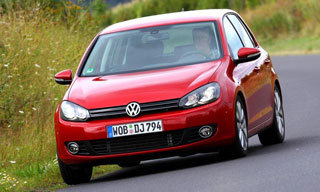 1.5 liters, but still it is half a liter less than appetite Prius II with a 1.5-liter 4-cylinder engine. So Prius not only wins in this test thanks to the most powerful 136-horsepower engine, but also manifests itself in the best way in terms of economy. More precisely, to work with the gas pedal and do not call on the autobahns, you can easily achieve a result of 4 liters.
1.5 liters, but still it is half a liter less than appetite Prius II with a 1.5-liter 4-cylinder engine. So Prius not only wins in this test thanks to the most powerful 136-horsepower engine, but also manifests itself in the best way in terms of economy. More precisely, to work with the gas pedal and do not call on the autobahns, you can easily achieve a result of 4 liters. Honda Insight is not capable of such exploits. But she turned out to be enough 6.3 liters of 95th gasoline, which is 1.2 liters more than the consumption of the last Insight copy that we tested. This suggests that the consumption of fuel in Honda is directly related to operating conditions. When driving long distances and frequent stops, the Honda hybrid is content with very small amounts of gasoline, and when driving fast, a relatively small engine becomes, on the contrary, voracious. VW does not differ in such efficiency. Even with the most economical driving style, he will not spend less than six liters, or rather, on our test circle, he showed the result of 7.0 liters.
Toyota perfectly implemented the joint operation of a gasoline engine, electric motor and unavailable transmission. This advantage allows Prius'y to tear out the victory in the "VW. Honda would be nice to get a larger engine, with a higher torque.
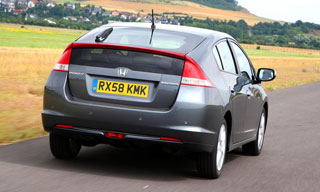 Dynamics
Dynamics The VW Golf, equipped with 17-inch wheels and a three-stage adaptive system of DCC shock absorbers for 945 euros, is at a height during a controllability test. Confidently, even with the ESP turned off, it is a distance. And on a snake, the Japanese cannot be caught up with him.
Toyota Prius in the EXECUTIVE configuration also goes to 17-inch wheels, but the VSC (ESP) system, which cannot be turned off, slows it down much ahead of time. A non -informative steering wheel and hard -controlled brakes are also not convincing. But the contact with Prius's dear is good.
The Honda Insight chassis allows large rolling of the body on steep turns, and relatively narrow 185-mm wheels do not allow you to pass at high speeds. If the VSA system is turned off, the driver also needs to monitor changes in the control of the rear axle.
However, the bright opposite is Honda brakes. Here Toyota is significantly inferior.
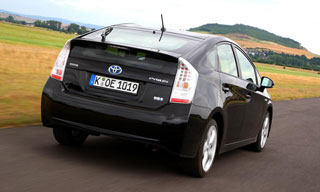 Prices
Prices Honda Insight with a simple hybrid system and basic configuration is sold at a price of 19,550 euros. Such a low price explains in fact the smallest loss of car cost after four years of run. If you look from the point of view of interest, Toyota Prius is more profitable in this regard (53.7%). For Prius, equipped with a large number of devices, you need to pay at least 24,950 euros.
VW Golf TSI with a two -disc clutch and four doors will cost only about 1,500 euros cheaper than Toyota (the basic cost of Golf'a is 20,900 euros). The vehicle tax is acquired by the key value: in terms of the amount of CO2 to the Honda and Toyota kilometer, they easily pass into the range of up to 120 grams, so that they will be taxed only in accordance with the engine volume, and according to this principle, the amount will not be huge.
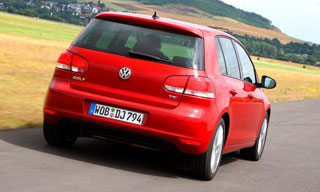 Golf scores for a guarantee: only VW is ready to provide an unlimited guarantee of mobility. But Honda and Toyota emphasize a three -year complete warranty on the car. Moreover, Toyota provides a guarantee for all components of the hybrid system for a period of five years.
Golf scores for a guarantee: only VW is ready to provide an unlimited guarantee of mobility. But Honda and Toyota emphasize a three -year complete warranty on the car. Moreover, Toyota provides a guarantee for all components of the hybrid system for a period of five years. Conclusion
In this test, VW Golf won an undeniable victory. So, everything is fine in Wolfsburg? Not quite, because the characteristics of the new Toyota Prius show the hidden potential of the possibilities of hybrid technology. Here we can note the minimum fuel consumption of 4 liters per 100 km, very good performance and recognition in society. Honda Insight in comparison with Prius, first of all, lacks accuracy and power, but the ratio of its price and quality is optimal. Volkswagen has a balance, good dynamics and high quality, although someone can count it with trifles. As for the consumption of fuel and the release of carbon dioxide, this car will probably still be improved. No one knows for sure how the cars will be driven in the future, but the hybrids will definitely be there. And in the class of compact cars too.
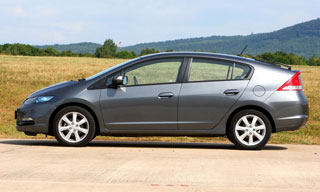
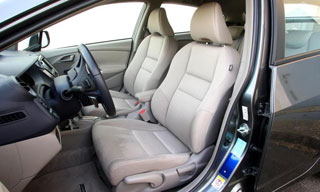
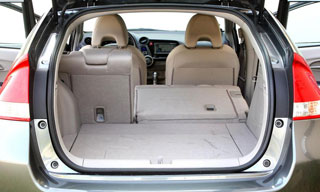
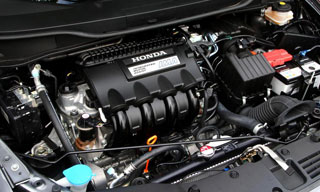
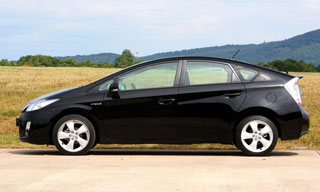
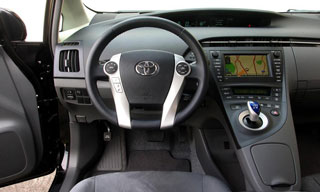
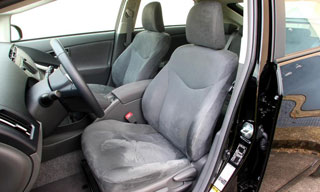
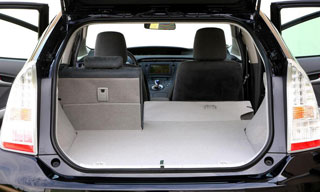
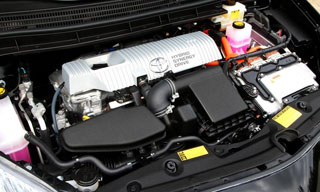
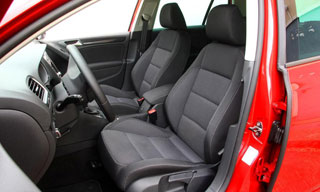
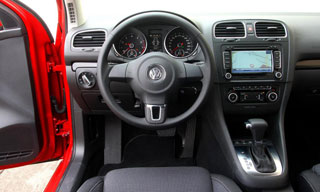
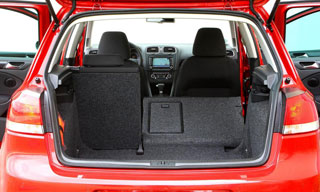
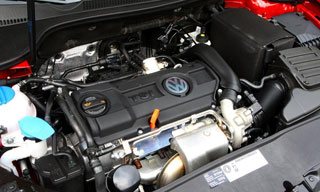
Source: Auto Zeitung
Honda Insight Test Drive Video since 2009
Honda Insight Crash Test Video since 2009
Honda Insight Test drives since 2009
Honda Insight Crash Test since 2009
Krassh Test: Detailed Information90%
Driver and passengers
76%
Pedestrians
74%
Children-passengers
86%
Active security system

